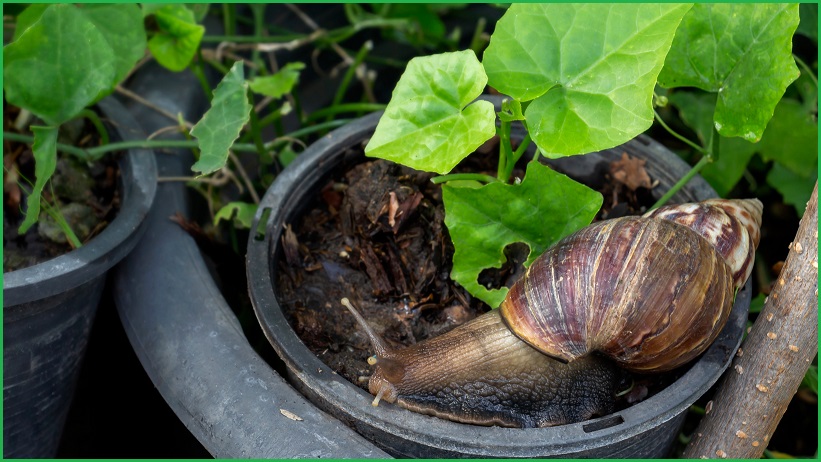Authorities at the Port of Brisbane are working with artificial intelligence (AI) experts to test a homegrown image recognition system capable of scanning the exterior of a shipping container for traces of exotic insects within the four seconds between when it is lifted off a cargo ship and deposited on the docks.
With more than 8 million shipping containers moving through Australian ports every year, scale has always been a challenge in maintaining biosecurity controls that are essential to protecting native crops and animals from infection with novel pathogens.
Such inspections have typically been conducted through spot checks – but with high volumes a constant challenge, Department of Agriculture authorities were naturally keen to explore ways that AI technology could help.
The current trials have paired Port of Brisbane biosecurity authorities with the Department of Industry, Science, Energy and Resources; the Department of Agriculture Water and the Environment; Canberra-based AI firm Trellis Data; and Brisbane-based global logistics company DP World.
Using high-resolution cameras mounted along the path taken when containers are unloaded, images of the shipping containers’ exteriors are fed into the Trellis Intelligence Platform – which scans them for insects and tell-tale signs of their presence such as webs, eggs or casings.
Given that many of the insects in question are under 10mm in size, “finding those insects is probably one of the more complex [applications] we are undertaking at the moment,” product manager James Meszes told Information Age.
Challenges include both the logistics of both scanning different-sized containers in a range of orientations at high speeds, and of providing 24x7 scanning in a broad range of ambient lighting and weather conditions.
“We look at this as a complex problem that involves using different data sources of any sort,” he said.
“The ability to take huge volumes of data and complex problems, and actually find that needle in a haystack, is something that AI was designed for – but we’ve had to do a fair bit of work to actually get there.”
More than a black box
Although the application is based on AI image recognition, the need to make significant decisions in real time – and the potential damage if invasive species like marine pests, African snails, honeybees or even Katy Perry CDs slip through undetected – have pushed the Trellis Data team to focus extensively on the explainability of its AI.
Leveraging the expertise of a fast-growing team of around two dozen data scientists and related disciplines – Meszes expects it will triple in size by year’s end.
Trellis Data has built its AI from the ground up to avoid the common issue where AI functions like a ‘black box’ that provides answers, but no indication as to how it derived those answers.
Explainable AI algorithms would, by contrast, not only identify an insect but show the criteria that it used – whether the shape of the insect, its colour, size, or myriad other factors.
Once categorised, the criteria can be quickly reviewed by a human and the suspect shipping container dismissed or actioned for further investigation.
“I’ve seen in other organisations, where AI was brought in as a solution but there was no explainability off of the back of that,” explained Meszes, who credits Trellis Data’s focus on explainability as a key reason he decided to join the company eight months ago.
“Sometimes you will have the right decision, but for the wrong reasons; other times you will have a decision for a range of reasons that the human who originally looked at this hadn’t even thought of. The beauty is that every time we have a result, we know why we have that result.”
Such clarity will be crucial as import and export trade return to pre-pandemic levels on the back of economic recovery, with increased online shopping driving a surge in imports and biosecurity controls at first point of entry (FPOE) ports needing to be maintained at speed.
The work dovetails with a growing body of AI-based image recognition that leverages extensive online resources around insect identification: the CSIRO, for one, maintains a range of resources and has crowdsourced the training of a mobile app for point-and-shoot identification of Australian insects.
Trellis Data is also testing a mobile app encapsulating the AI it developed for the ports application, enabling field inspectors to access the same identification capabilities using the cameras on their phones while conducting manual inspections.










